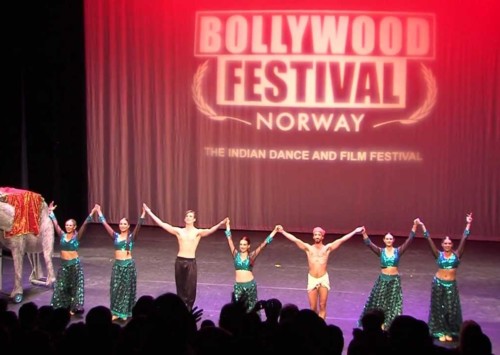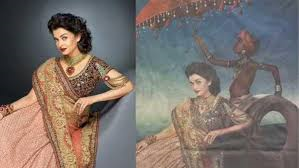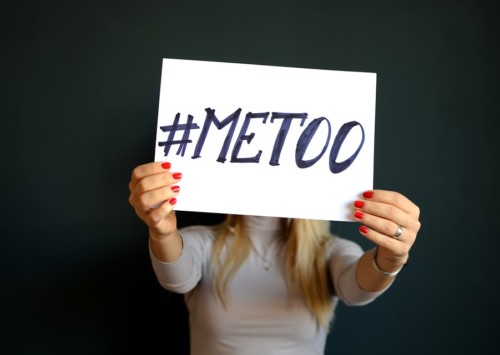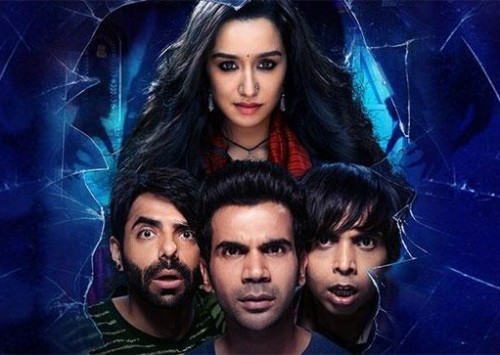Bollywood’s idea of women empowerment in films

Women centric roles of ‘Bitti’, ‘Tanu’ and ‘Rumi’ in Bareilly ki Barfi, Tanu weds Manu series and Manmarziyaan respectively
Almost every other Bollywood film starts with introducing its male leads having a particular profession or a business, while female leads are often neglected as being part of the workforce. In the recent slot of films, they are assertive and sexually confident but rarely have careers or career aspirations.
Over the past couple of years, the career ambitions of heroines have shrunk in Bollywood cinema, as it has moved to setting its stories in small towns and villages in films like Toilet Ek Prem Katha, Bareilly Ki Barfi, Manmarziyaan, and the entire filmography of Tanu Weds Manu series. Interestingly, these are the films that have offered the most memorable female lead roles in the past decade— which is expressed with a certain set of characteristics—an interest in sex (Manmarziyaan), a talent for flirtation (Tanu weds Manu), a tendency to speak their minds when the men falter (Bareilly ki Barfi), and a taste for intoxicants (Toilet ek Prem Katha).
They make money from it #bollywoodsexism https://t.co/D89VFlXSp0
— Sairee Chahal (@Sairee) September 30, 2017
Largely, the story in these films portrayed the female leads, fighting in one way or the other, for their right to personal freedom. These are meaningful markers of selfhood, but these women seldom have career aspirations—the defining attribute of personal freedom and selfhood that most of us were brought up with.
In a recent analysis of Bollywood movies by IBM and two Delhi-based institutions revealed that Bollywood films portray huge biases when it comes to occupational characteristics of its male and female leads.
The data also revealed that during introduction sequences, descriptors for males are profession-driven whereas women are associated with physical appearances, emotional states, or their relation to a male, such as the “wife of” or “daughter of” so-and-so.
While these are great films when it comes to their story, direction, level of entertainment, but are definitely not as feminist as marketed or empowering as they’d like the masses to believe. The skewed belief of women empowerment by prioritising their freedom to consume alcohol and being vocal about their sexual choices is associated with their level of equality. But why not show the other and most important aspect of equality as being self reliant and focused on self growth?
Recognising the exceptions
While this stereotyping is a reflection of “how people think,” it is also a testament to “how the thinking is changing.” With many mainstream actresses like Kangana Ranaut and Vidya Balan, who opted for female-centric scripts like Queen and Tumhari Sulu respectively, things may seem to be changing on-screen. Movies like Neerja, Nil Battey Sannata, Tumhari Sulu, Badrinath ki Dulhania are all examples of films that stand out from others by portraying their leading females determined and focused to be a part of the workforce.
Its not just in the recent influential world of Bollywood, but female leads in films worked in previous decades too. Nargis Dutt, the leading star of the 1950s, portrayed the characters of a working lady in her most memorable roles. In Awara she played the role of a lawyer, in Shree 420, a school teacher and in Mother India, a farmer. In the 1960s, Sharmila Tagore was a flower girl in Kashmir Ki Kali, a school teacher in Daag (1973) and a dancer in An Evening In Paris. In the 1970s, multiple leading ladies had careers on screen—Jaya Bachchan was a street performer in Zanjeer, Hema Malini, a tonga driver in Sholay, Neetu Singh a doctor, and Shabana Azmi a con-woman in Amar Akbar Anthony.
Even though the change is slowly taking over, there is still a lot of thinking left to be done while assigning roles to both female and male leads in a film. Manav Mani, a 23 year old cinematographer while talking to Media India Group said – “In Bollywood it seems that a woman can’t have it both- a career, and still be a flesh and blood character. For a long time I’ve watched films showcasing sexism in some or the other way. Honestly, the films that I’ve grown up enjoying in my childhood, now raises many questions in my head when I watch them today. Even the most realistic films today seems far from showing the reality if they justify women empowerment. If I tab Hollywood films for this matter, it is very difficult to think of one which shows such biases. There are so many films like The Intern, Devil wears Prada and Spotlight which not only show their female leads with a successful career, but are also empowering in themselves”.













